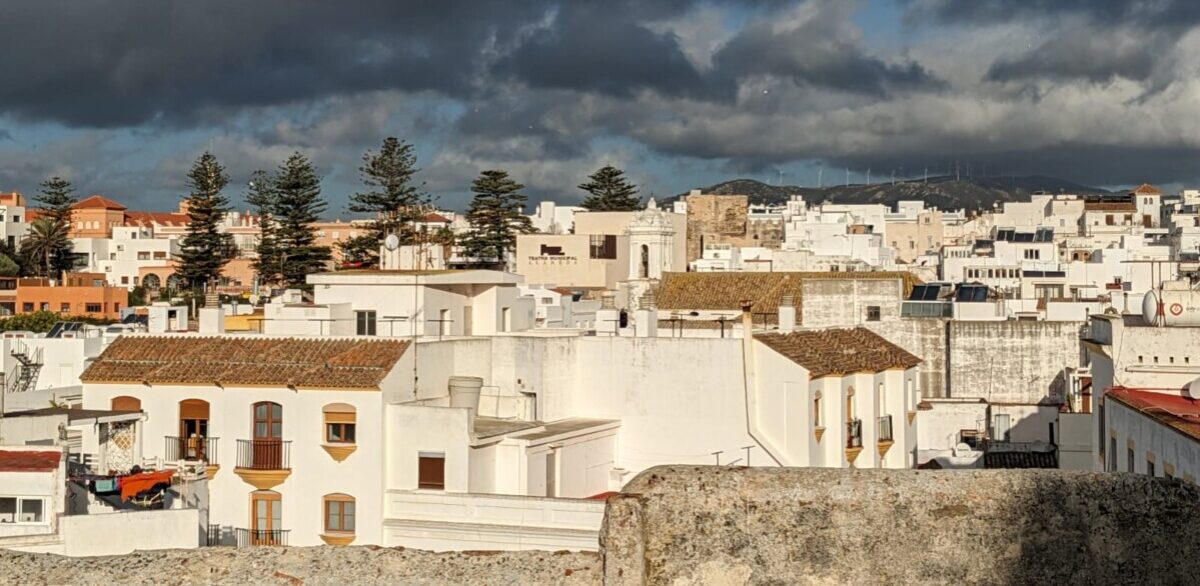My research question is: How can integrating green infrastructure in urban architectural designs contribute to the sustainability of buildings while enhancing the resilience of urban areas to climate change?
Source Entry #3: “Sustainability in architecture and design with Bjarke Ingels | WIRED Live”
Part 1 MLA citation
WIRED UK. (2021, March 10). Sustainability in architecture and design with Bjarke Ingels | WIRED Live [Video]. YouTube. https://www.youtube.com/watch?v=Rx3DYgSfeCU
Part 2 Summary
In the video “Sustainability in Architecture and Design with Bjarke Ingels” by WIRED UK, architect Bjarke Ingles talks about the importance of sustainable architecture and how we design cities around cars and not around people. Ingles highlights how in the 1900s the Brooklyn Bridge was able to move 425,000 people per day in contrast to today where it only moved up to 160,000 people per day due to the pathways being removed to make way for roads. Ingles wants to give back the streets to the people and create a walkable city. Ingles shows us his plans for the “woven city” in Japan. The city layout mixes vehicular roads, shared mobility paths, and pedestrian pathways and wove them together allowing pathways to be shared with all commuter types. Ingles says that creating sustainable space is not only good for the environment but better for the lives living in it.
Part 3 Rhetorical Analysis
The genre is an interview. The intended audience is architects with a secondary audience being the general public. The interview is between Wired UK and Architech Bjark Ingles founder of Bjark Ingles Group (BIG) architecture firm. Bjark Ingles is credible because he is a world-renowned architect with projects all around the world. Bjark Ingles uses Ethos to talk about how his Firm BIG and their efforts to create sustainable architecture and bring the city back to the people not just cars. Ingles gives a compelling narrative on sustainable architecture not only being good for the environment but from the people who inhabit the space. Wired credible sources of information on topics related to technology, science, culture, and business with 11 million subscribers. The interview came out in 2021 so it is still current
Part 4 Notable Quotables
“Environmentally friendly City or Port is not only good for the environment it’s also amazing for the lives of the people inhabiting it” (Ingles 2:25)
“Every third road in this city is gonna be for electric vehicles as a service and pedestrians like a normal street, almost every third street is going to be like a Promenade for shared personal mobility and for programs like pop-up stores or food trucks, and finally, every third street is going to be a park-only for pedestrians. Then we sort of imagine taking these three types of streets and weaving them together in two directions creating this kind of woven fabric where every city block has direct access from a vehicle but also from the Promenade and the park” (Ingles 8:11)
“425,000 people were crossing every day but then when they modernized it and took down the street card and moved away from bicycle lanes and made it for all cars it actually reduced its capacity by almost three-fold so today we essentially moving cars rather than people” (Ingles 11:32)



